Flagship road yacht – Lexus LS500

The Lexus LS has been the flagship model of the upstart luxury carmaker for over two decades, playing a huge part in making Toyota's premium brand a household name. In the beginning they used innovation and a back-to-basics approach, combining it with the list of consumer behaviour questions that only the Japanese carmakers seemed to be asking back in the 90s – taking on, and winning against, the German competition. The original LS400 made it easy to love a sort-of-dull but extremely capable luxo barge, but the tone was set – Lexus became the sellers of understated, composed cars that stood really well with an older crowd which meant they were instantly branded as "boring". Post-2010, Lexus had a sort of self-image crisis, rolling out progressively bolder cars with divisive design and packed full of tech that would make an old person's head explode. They're trying to be more hip and modern and almost pulling it off with fantastic cars like the LFA, RC-F and LC-500 breaking new ground for the brand.

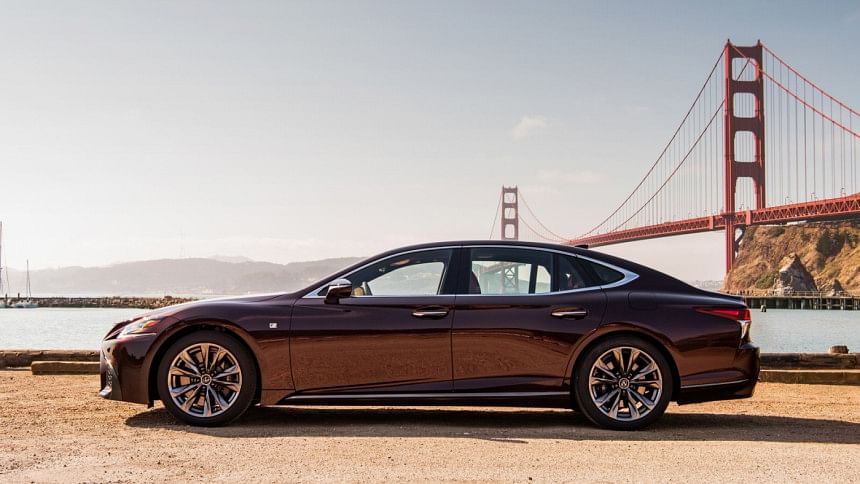
The new LS500 is perhaps the biggest direction change for Lexus in recent years. They've perfected the family face with that gaping front grille dominating the view, with creases and slashes in the strangest of places elsewhere on the body. Previous models might have been popular for being handsomely restrained, but Lexus clearly feels that this change will attract a younger crowd. The post-millennial mind will definitely find it cool, but there is no denying that the LS500 will be a disruptive force in a market dominated by conservative designs. Is it pretty? Not in the traditional sense, no – the LS has perfect proportions and a unique approach to being classy by scrapping it altogether in favour of style. Like a pair of neon-green Air Jordans, it's expensive, loud and will stick out at a fancy dinner party, and Lexus is okay with it. As they should be.
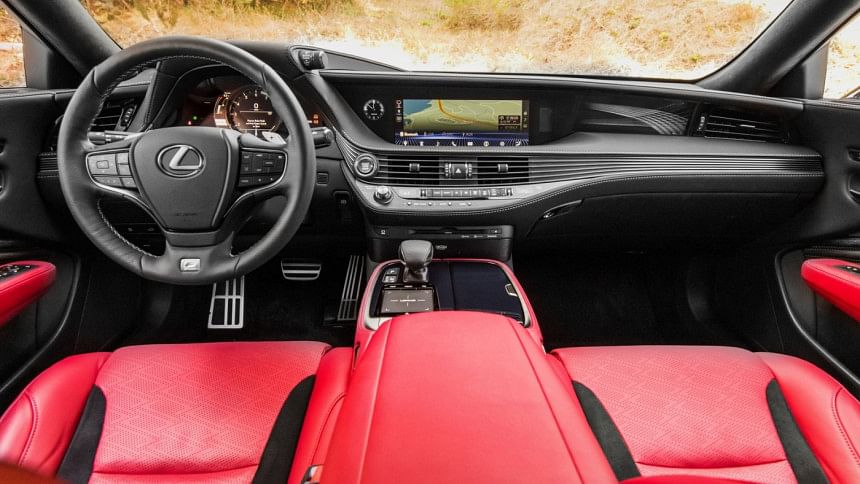
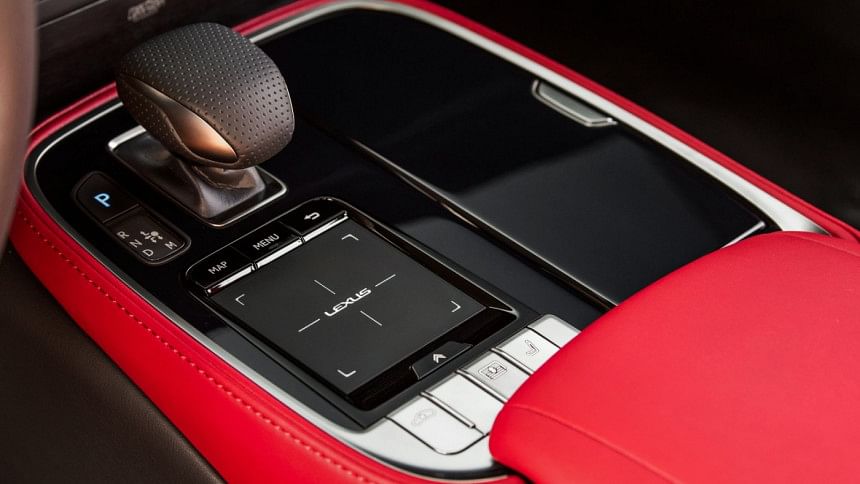

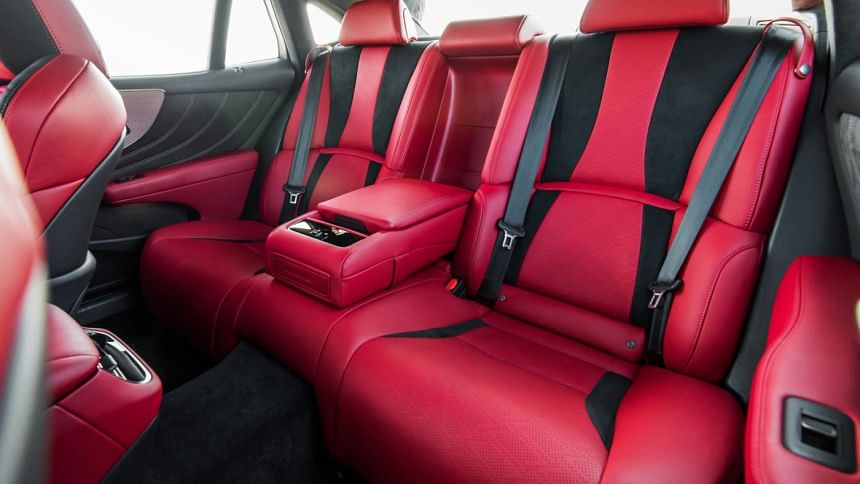
The LS500 F-sport in particular is a remarkable sight. Gloriously messy, the F-sport comes with a 3.5 litre, 415 HP and 442 lb-ft torque V6 paired to a 10-speed transmission. It also benefits from Lexus' advanced chassis management system, Vehicle Dynamics Integrated Management (VDIM), along with massive 6-piston front and 4-piston rear brakes. Lexus claims a 4.5 second sprint to 100 km/h, incredible considering it's a full-size luxury sedan. Since the 2018 LS is based on an extended LC500 chassis, you can expect it to handle well as well.
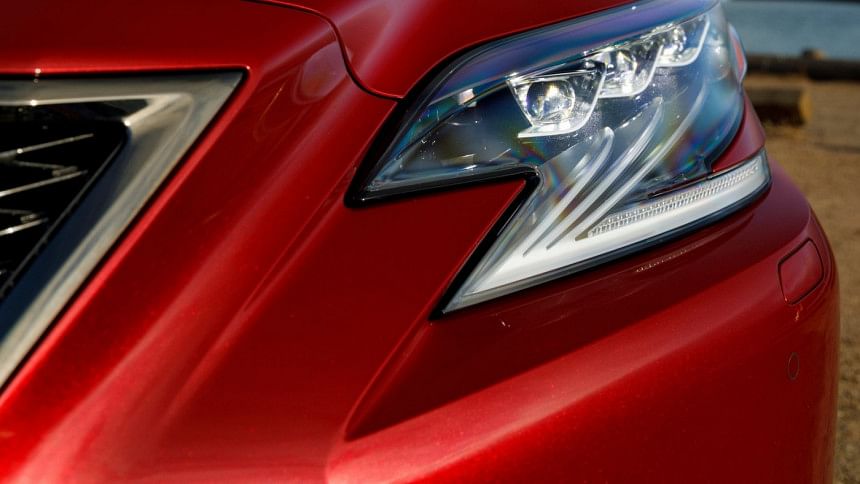
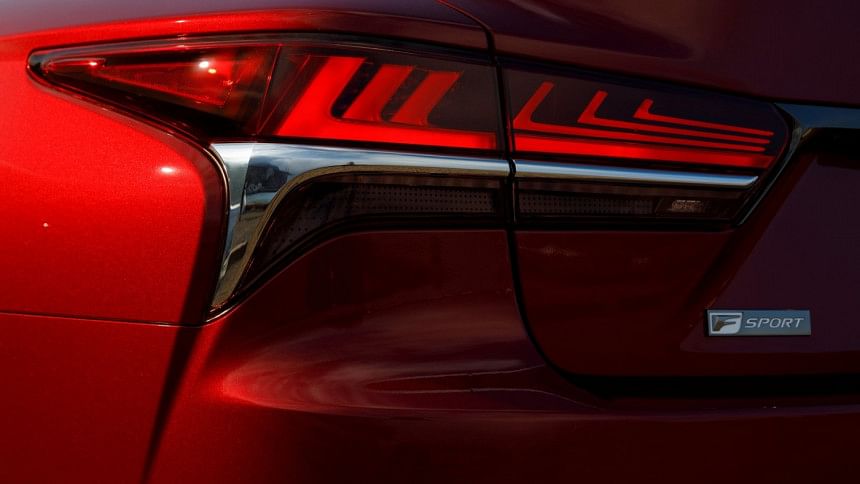
Whether this self-image re-imagining works for Lexus commercially is up for debate, but we're definitely glad that they're trying to take things in a bold new direction at a time when carmakers seem to be happy to rely on brand name and long-standing reputations to sell cars instead of actually innovating.

Four generations of defining progressive luxury
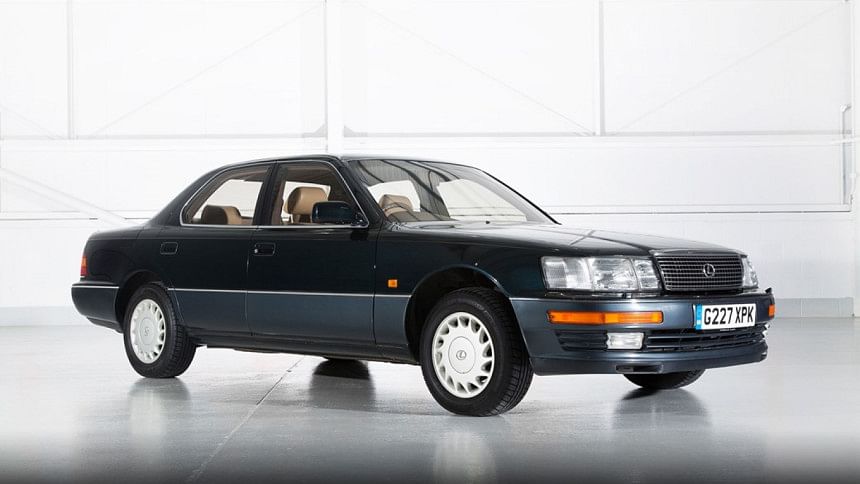
The original LS400 was used to debut Toyota's Lexus luxury brand in North America and Europe. Powered by a creamy 4 litre V8 and one of the best suspension setups ever fitted to a luxury vehicle, the first LS was praised for being extremely quiet, comfortable and ground-breaking. It upped the bar for the Germans, and Benz, BMW and Audi have been on the run ever since.
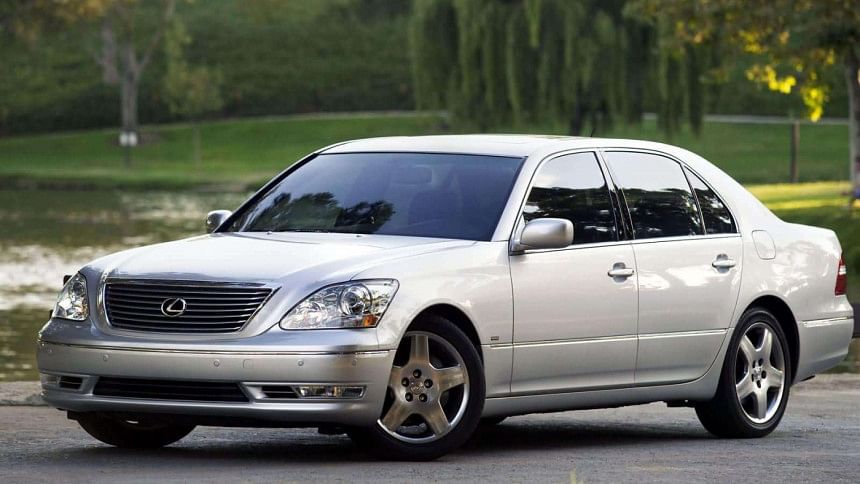
The LS430 is actually the third generation LS, although calling the second-gen anything more than a facelift of the LS400 doesn't make sense. The 430 got more rounded styling and brand new tech – radar cruise control, parking sensors, more airbags, water repellent windshields, voice-control navigation. It had to, to compete with the Benz S-class and BMW 7-series.

Fourth-gen LS460 went all-out with the tech, adding automated parallel parking, heated and cooled power seats with individual adjustment and massage functions, rear seat entertainment, lane departure warning, pre-collision system as well as infrared night-vision.
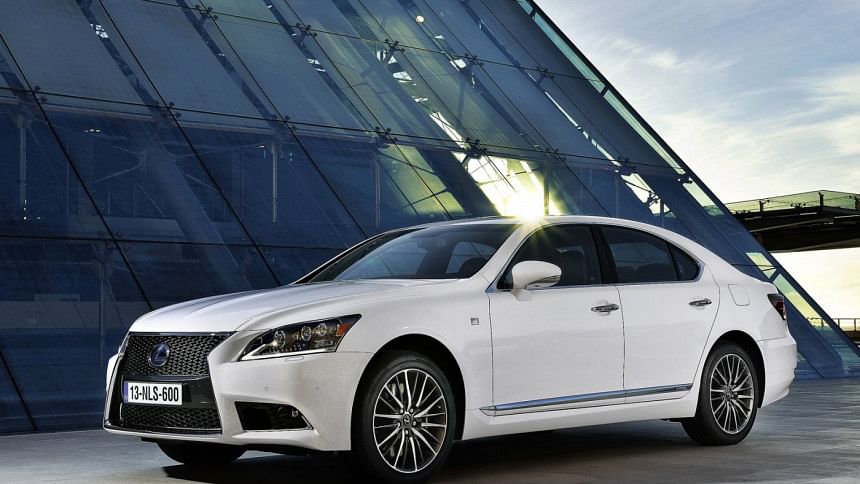
First few years of the fourth-gen LS460 had more streamlined noses, before the new "X" faces started taking over. It was opinion dividing, but the latest generation seems to have perfected it.
Want an old LS?
Of course you do. Who wouldn't? But it'd be pretty difficult here in Bangladesh, considering we only got a few handful imported into the country over the years in JDM Toyota Celsior form. If you do find one, the price is likely to be astronomically high for an old luxury car, but people who own them now place them in high regard. So we asked one of them what it's like to own one, and why they'd want to.
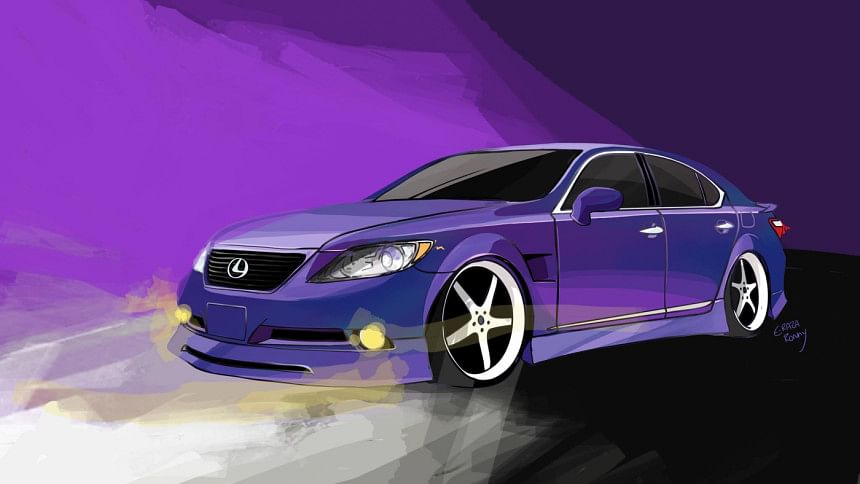
Akbar Sattar – "The ride quality is unparalleled – it's extremely soft but not too mushy. If you have the UCF30 model, the 3UZ is an awesome engine – has great power and torque and makes the huge ship of a car move a lot faster than anyone would expect. Amazing amount of gadgets and features that are way ahead of its time. My car is 2000-2002 shape and it has soft close doors, swing AC, 4 zone climate, cool box, massage seats and reclining seats with heating and ventilation. However, it's expensive to maintain if you don't do it right – air suspension failure can happen and is very expensive to fix, car guzzles huge amounts of gasoline, it's so packed with electronics that there are bound to be a couple failures here and there. For the UCF30, since there are so few around, coming by parts can be difficult.
It's reliable if you take care of it, it's a sensible luxury sedan compared to its competitors (BMW 7 series, Mercedes S class) but like with any car in that price range, maintenance, parts and complexity of the car itself can make it an expensive car to own."





Comments